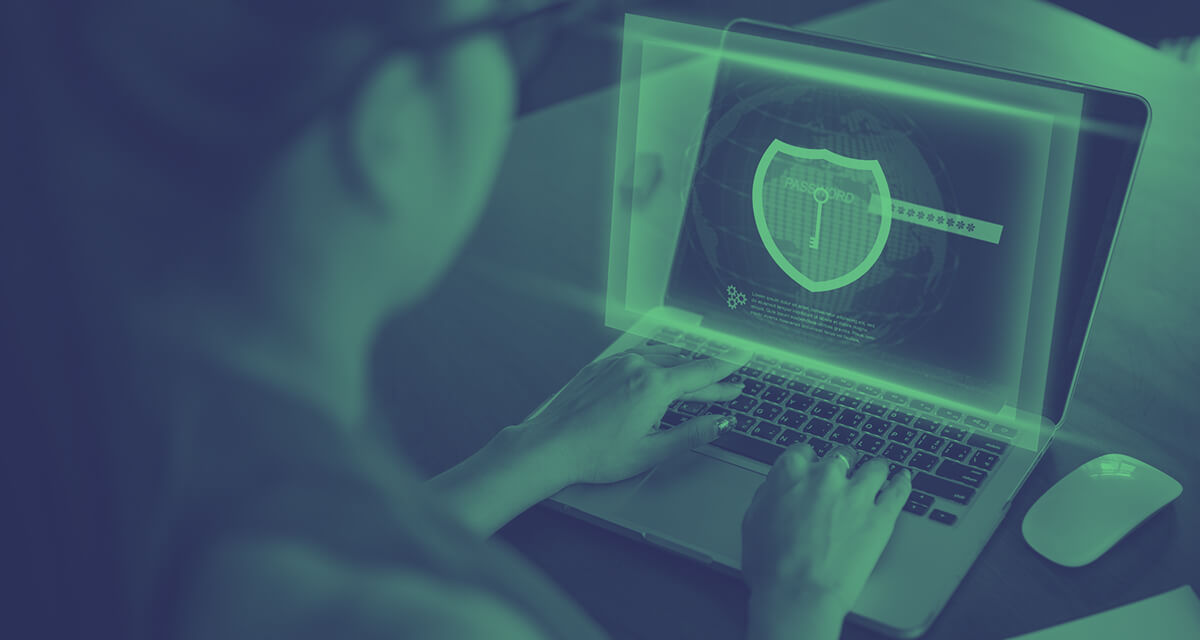

Are you responsible for managing the security of your organization? Then this article will surely help you out. Security management is critical to any organization’s operations in today’s business environment.
To ensure the safety of your employees, customers, and assets, you must have a comprehensive information security management plan. That’s why we have put together this security management overview so you can start developing a plan that works for your organization.
Security management identifies, assesses, and manages security risks to prevent data loss. It includes the development of policies, procedures, and controls to mitigate risks and regular monitoring and reviewing of security systems.
Security management is a broad term encompassing everything from physical security to information security. In general, however, it is concerned with access and mitigating property and asset risks of organizations.
An effective security management system should be tailored to an organization’s and its stakeholders’ specific needs. It should be regularly reviewed and updated in response to environmental, organizational structure, and operations changes to prevent potential threats. Organizations can minimize the likelihood and impact of homeland security incidents by taking a proactive approach to security management with the help of security management professionals.
When it comes to security and related topics, there are a lot of different things to consider. From physical security to cybersecurity, there are many different types of security management to choose from. But what are the different types of security management to avoid identity theft?
Here’s a look at three of them:
When it comes to security, one of the most important things to consider is information security. After all, if your information is compromised, your business or organization could have serious consequences. That is why information security management is crucial for enterprises. Information security management includes everything from developing policies and procedures to ensuring that you protect your data by training employees on handling sensitive information in compliance.
Another important type of security management is network security management. With more and more businesses moving online, it’s more important than ever to ensure your network data is secure. Network security management includes firewalls and intrusion detection systems to protect your building’s network from attacks.
And finally, there is cybersecurity management. As its name implies, cybersecurity management deals with the security of your computer systems and networks. This can include everything from protecting against malware and viruses to developing incident response plans in case of a breach or vulnerabilities.
Security should be a top priority to mitigate threats, no matter what type of business you have or what industry you are in. And one way to ensure your team is as secure as possible is to choose the right type of security management for your needs.
Many options are available if you need help with the information security department, network security, or cybersecurity department. Just ensure your availability to review the security management.
Security management also involves incident response and disaster recovery planning. To be effective, security management must be tailored to the organization’s specific needs as it is of great importance for their integrity.
For example, a small business started by students will have different security requirements than a large corporation for its protection. Information security management is an important part of overall risk management and should be considered in any organization to prevent natural disasters and confidentiality-planned threats. It is necessary to get the support of professionals for protection.
Security management aims to ensure the safety and security of users, property, and assets. This includes developing and implementing policies and procedures to protect against potential threats and responding to incidents when they occur. Security management strategies must consider each organization’s unique needs and security risks landscape.
An effective security management program can help to deter criminal activity, mitigate the impact of emergencies, and create a safe and secure environment for employees, customers, and other stakeholders. It is important to remember that security credits can change over time, so a good security management system must be regularly reviewed and updated to keep up with the latest data threats.
Securing your home, business, or other property requires careful planning and execution to avoid vulnerabilities. To that end, information security management can be broken down into five distinct but equally important areas. Many organizations are using these cloud infrastructures for their homeland security.
The first step in any security plan is identifying potential risks to mitigate threats. This assessment should consider the physical environment and the business or activity conducted on the premises. Once potential risks have been identified, they can be prioritized and addressed accordingly.
After potential risks have been identified and prioritized, the next step is to develop policies and security management procedures to mitigate those risks. These policies and procedures should be designed by security management professionals to protect both people and property and should be regularly reviewed and updated as needed. The security team must review the security guidelines to avoid data loss and identity theft or to save your information assets for compliance.
Once policies and procedures have been implemented, it is essential to train all employees, contractors, and other individuals working on or near the premises on how to follow them.
This training should cover the data on everything from proper identification processes to evacuation protocols. In addition, all individuals should be aware of the consequences of violating security policies and data integrity.
Physical security measures are the last line of defense against potential threats. Common physical security measures include gates and fences, surveillance cameras, alarm systems, and guards. These measures should be designed to deter potential threats and delay or prevent unauthorized access to your data’s premises to support your buildings for safety legally.
Once physical security measures have been put in the organization’s systems, it is important to monitor them regularly to ensure they are functioning properly. In addition, response processes should be developed in case of a security breach. Local law enforcement agencies should coordinate these procedures well to ensure a rapid and efficient response.
No matter what type of property you are responsible for, it is important to have a comprehensive security plan in place. By taking into account all five areas of information security management and its guidelines, you can ensure your property or data is as safe as possible from natural disasters in a legal way. So ensure to focus on risk assessment, policy development, training and education, physical security measures, and monitoring/response procedures.
Now that you know information security management, its purpose, and five vital areas, it’s time for implementation. Review your security system, and make changes, if required, in technology or tools for protecting your assets. Stay safe!
